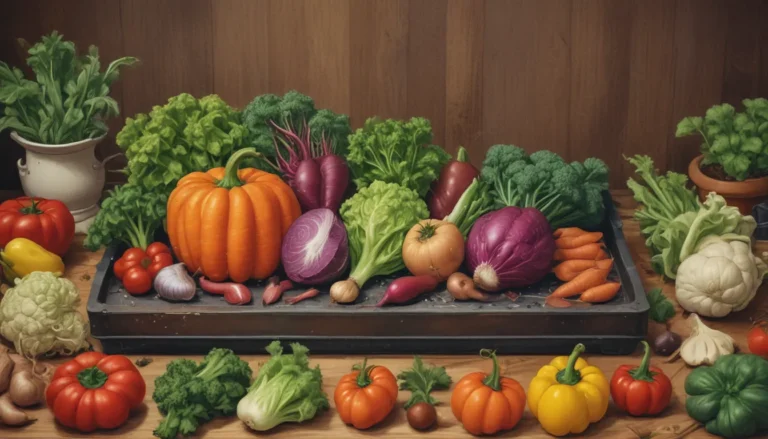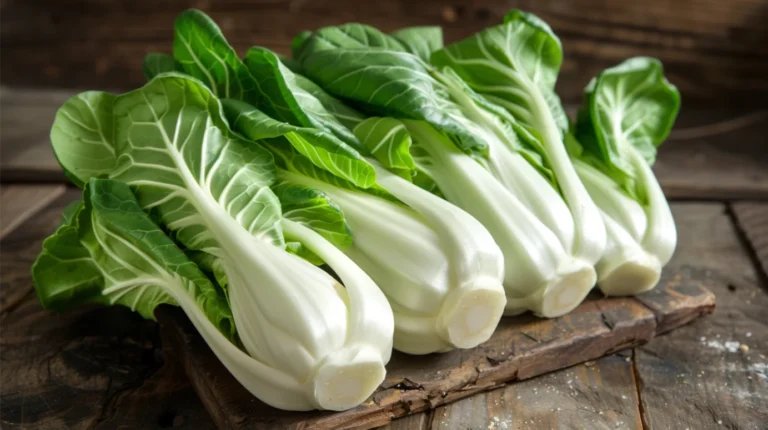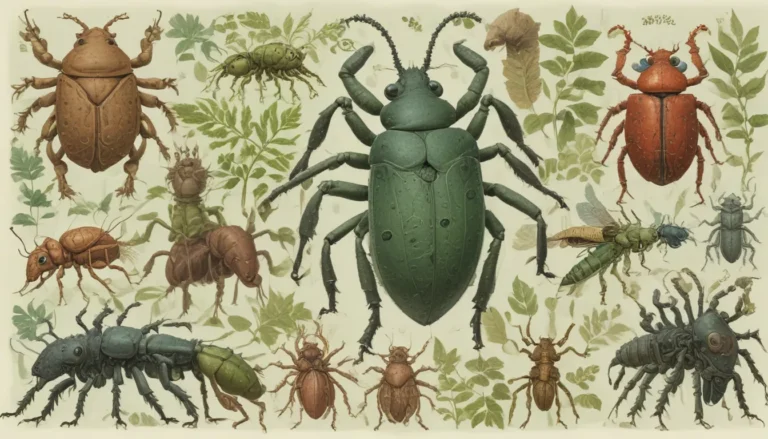The Ultimate Guide to Growing and Caring for Gooseberry Bushes

When it comes to berries, the spotlight is often on strawberries and blueberries, leaving gooseberries in the shadows. But I’m here to change that! By the end of this article, you’ll be singing the praises of this often overlooked fruit.
Let’s dive into the world of gooseberries and uncover why they deserve a spot in your garden.
Unlocking the World of Gooseberries
Gooseberries, part of the Ribes genus, stand out from other berries with their individual large fruits that grow along the stem. Unlike currants, which are tart, gooseberries can range from sweet to mildly tart, offering a unique flavor profile.
Cultivated gooseberries come in two main types: American (R. hirtellum) and European (R. grossularia var. uva-crispa). While European varieties are known for their strong flavor and larger fruit, American types boast disease resistance and productivity.
With fruits ranging in color from light green to deep purple, gooseberry plants feature thorns and glossy leaves, making them both functional and visually appealing additions to the garden.
Cultivation and Historical Roots
Since the 1400s in the UK and the 1800s in the US, gooseberries have been a staple in gardens. Despite being banned for a period due to white pine blister rust concerns, gooseberries have made a comeback, captivating gardeners with their unique qualities.
Propagation Techniques
You can propagate gooseberries through various methods:
- Transplanting: Starting with transplants from a reliable source avoids diseases.
- Cuttings: Taking cuttings from established bushes offers a simple propagation method.
- Layering: Propagating through layering in spring provides an easy way to grow new plants.
- Seed: While less recommended due to hybrids not growing true, growing from seed is still an option.
Planting and Maintenance Tips
To ensure your gooseberries thrive, here are some essential tips to keep in mind:
- Watering: Maintain consistent moisture levels with 1 inch of water per week.
- Pruning: Regular pruning encourages fruit production and plant health.
- Protection: Shield plants from late frosts and excessive heat above 85°F.
- Soil Conditions: Opt for organically-rich, well-draining soil with a pH of 5.5-7.0.
Selecting the Perfect Gooseberry Cultivars
When choosing gooseberry cultivars, consider factors such as flavor, color, and disease resistance:
- Black Velvet: Sweet, purple-red fruits with good shade tolerance.
- Captivator: Sweet, red fruits with fewer spines and disease resistance.
- Hinnonmaki Red: Sugary maroon fruits with vigorous growth.
- Jahn’s Prairie: Large, sweet red-pink fruits with an upright growth habit.
- Jeanne: Deep maroon berries with high productivity and disease resistance.
- Jostaberry: Hybrid variety with sweeter black fruits and rapid growth.
- Pixwell: Blush pink fruits with an extended harvest season.
Dealing with Pests and Diseases
While gooseberries are relatively low-maintenance, they can attract pests and diseases such as aphids and powdery mildew:
- Birds: Protect plants from birds using netting or deterrent sprays.
- Aphids: Manage aphid infestations with natural predators or insecticidal soap.
- Powdery Mildew: Prevent powdery mildew with proper air circulation and pruning.
- White Pine Blister Rust: Keep gooseberries away from white pine trees to avoid rust transmission.
Harvesting and Preserving Gooseberries
When it’s time to harvest your gooseberries, follow these steps:
- Harvesting: Pick ripe berries with translucent skin and juicy texture. Shake bushes gently for easy picking.
- Preserving: Store fresh gooseberries in the refrigerator or freeze for long-term storage. Explore pickling and canning options for extended use.
Culinary Delights with Gooseberries
Gooseberries offer a unique flavor profile that pairs well in both sweet and savory dishes:
- Pies and Tarts: Incorporate gooseberries in pies, tarts, and savory meat pies.
- Preserves and Jams: Make jams, jellies, and pickled gooseberries for long-lasting enjoyment.
- Sauces and Accompaniments: Use gooseberries as a sauce for poultry dishes or pair with cheese for a gourmet treat.
The Joy of Growing Gooseberries
Gooseberries may not have the same fame as other berries, but their distinctive flavor and adaptability make them a valuable addition to any garden. With proper care and maintenance, gooseberries can provide years of flavorful harvests.
Ready to embrace the world of gooseberries? Explore different cultivars, experiment with recipes, and savor the unique taste of this underappreciated fruit. Your garden will thank you for adding these delightful bushes to your landscape.
Unlock the potential of gooseberries in your garden and enjoy a bountiful harvest of this flavorful fruit for years to come!





